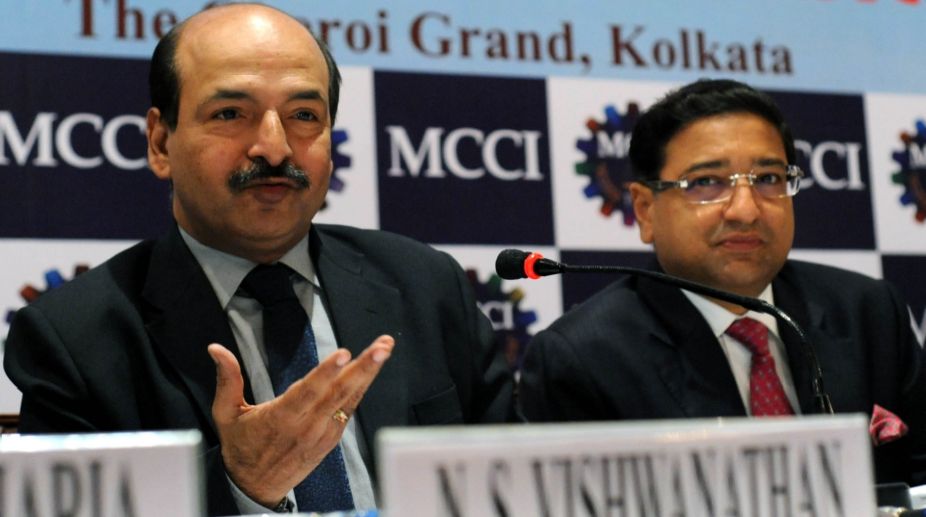Indian stock markets shut for Eid celebrations
Indian stock exchanges are shut Thursday for Eid, with normal trading activities resuming Friday.

RBI Deputy Governor N S Vishwanathan (Photo: IANS)
Reserve Bank of India (RBI) Deputy Governor N.S. Vishwanathan on Friday said the required provisioning for the NPA (non-performing asset) accounts referred for insolvency resolution is “nothing unusually large”.
There have been concerns that the provisioning norms stipulated by the RBI for the stressed asset cases referred to the Insolvency and Bankruptcy Code (IBC) are steeper than required.
“Let me explain the logic for the provisioning requirement for the cases referred in the IBC,” Vishwanathan said at an event organised by the Merchants’ Chamber of Commerce and Industry here.
Advertisement
“Normally, the cases that are referred to the IBC are likely to be those that could not be restructured outside the IBC.
“The S4A, which is one of the restructuring schemes, envisaged the minimum sustainable debt to be 50 per cent. It is, therefore, only logical that provisions made for cases referred in the IBC (should be) at least 50 per cent,” he said, adding that this is not to say the reference to IBC would result in recovery of less than 50 per cent, but the provisioning is for expected loss.
“And banks can write back in case the recovery is higher than what the provisions made by them envisaged… whatever provisioning you are asking for now is nothing unusually large.”
The RBI Deputy Governor also said the problem of stressed assets in the banking system in India, in general, and the public sector banks, in particular, is a “matter of serious concern”.
“I think the inadequacy of capital should not be the reason for under-provisioning. Provisioning should be made so that the resilience in the balance-sheet is built,” he said, adding that the provisioning for NPAs by banks in India needs to be substantially higher in case they need to be comparable to global standard.
He emphasised the strengthening of public sector banks’ balance sheet so that they can make credit growth.
“I believe the strong balance sheet also enables the banks to deal better with its stressed assets. Capital constraints apart from other factors lead to delay in recognition of stress. Sub-optimal restructuring (is) more due to managing the bank balance sheet than dealing with the problem. What it does is obviously sub-optimal outcome,” he added.
As on March, 2017, the gross NPA of the whole banking system was about 10 per cent.
Vishwanathan said a major push has been initiated towards resolution of large stressed assets through the reference to the IBC, under the additional power given to the RBI through the amendment in RBI Act. The apex bank directed 12 large NPAs accounts to IBC and few more thereafter.
“The 12 cases are in the various stages under the National Company Law Tribunal. We believe a strong insolvency and bankruptcy regime will improve the credit quality,” he said, adding that resolution process would be undertaken under the quasi-judicial process.
According to him, over a period of time, the Statutory Liquidity Ratio (SLR) has been softened but in a “calibrated manner”. SLR which is one of the key factors in RBI’s monetary policy is a portion of deposits banks have to hold with themselves in highly liquid government securities.
“An abrupt reduction in SLR could be counterproductive because steep decline in SLR could bring down the value of current holdings of securities of the banks. That could be creating instability, concerns in the banking system. I think we have moved in a calibrated manner in this,” he said.
Asked whether the RBI would encourage the use of crypto currencies, Vishwanathan said he would not like to make any comments on a policy which is still in making.
Advertisement